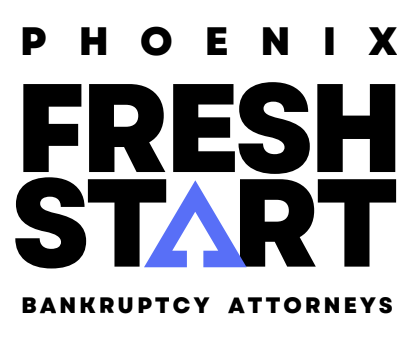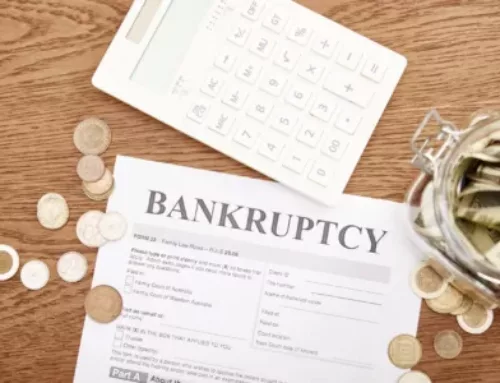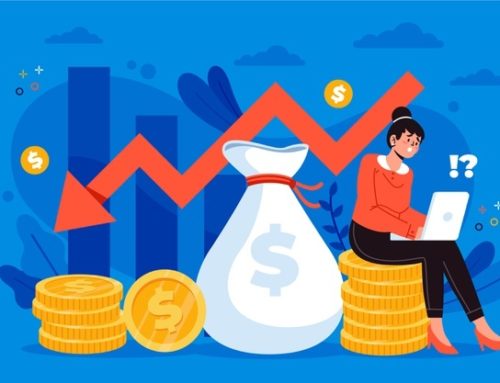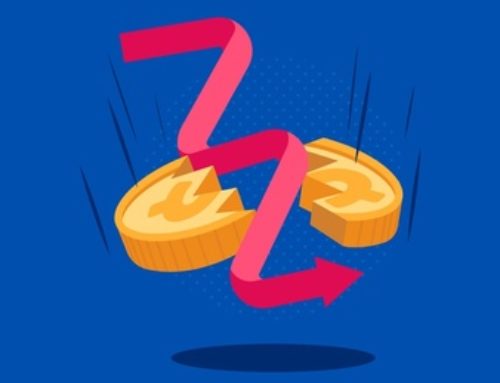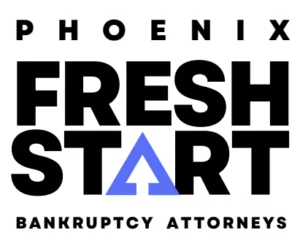With vaccines rolling out, it seems that we’re seeing the end of the pandemic crisis. However, many are still affected by the lasting consequences of COVID-19. With many losing their jobs or their businesses, Americans are experiencing dire financial times. If you’re overwhelmed by debt, you need to consider a bankruptcy filing.
A Chapter 13 reorganization bankruptcy is an excellent option to take if you’re drowning in debt. Filing bankruptcy under this Chapter stops all collection efforts and allows you to pay for your debt over three to five years.
In this article, we’ll discuss how you can be eligible to file Chapter 13, such as income limits and debt limits. If you have any questions about bankruptcy, get in touch with our experienced Phoenix bankruptcy attorneys for legal help!
How to Qualify for Chapter 13
For your Chapter 13 petition to get approved, you have to show the bankruptcy court that:
- You meet the income requirements;
- You meet the debt limits;
- Your proposal covers your debts;
- You file your taxes properly;
- You don’t have a recently dismissed bankruptcy case;
- You haven’t filed bankruptcy recently;
- You’re filing as a consumer; and
- You’ve attended credit counseling
1. You earn enough
There is no maximum income limit for filing Chapter 13. Before, it is common for people who fail to qualify under Chapter 7 to file Chapter 13 simply because their income is too high using the means test.
To qualify for bankruptcy, you have to show the court that you have sufficient income to make monthly payments. Your income has to be enough to cover your basic living expenses and the mandatory payments under your repayment plan.
You can include income from your spouse (even if it’s not a joint bankruptcy) if that’s what it takes to become eligible for Chapter 13.
Your income affects how long the repayment plan lasts. If your income is over the state median, then the plan lasts five years. Otherwise, it lasts for three years.
2. Your debts are under the limit
The US Bankruptcy Code sets a limit for a debtor’s secured and unsecured debt. These are as follows:
- Secured debt limit: $1,257,850
- Unsecured debt limit: $419,275
The debt limits have taken effect since 2019 and should be valid for three years. This means that these limits are still effective until 2021.
3. Your proposal repays all required debts
Bankruptcy doesn’t pay all debts equally. In general, your proposed plan has to be enough to cover:
- Secured debts. These are claims that are secured by collateral, usually a house or a car.
- Unsecured priority debts. These are debts not backed by collateral but still need to be fully paid off. These include alimony, child support, and tax debt.
Debts that don’t fall under the categories above are considered nonpriority unsecured debts. These include medical bills, personal loans, and credit card debt. These get paid off only after the ones above are paid. Oftentimes, Chapter 13 debtors only have to repay a portion of these debts.
4. You’ve submitted your tax returns
Bankruptcy court needs proof that you’ve filed your federal and state income tax returns for the last four years. You’ll also need to provide the trustee with a copy of your most recent federal tax return at least seven days before the meeting of creditors.
Talk to our knowledgeable Phoenix bankruptcy lawyers if you want to make sure that you’re eligible for bankruptcy.
5. You’ve let 180 days pass since a previously dismissed bankruptcy petition
You can’t file for 180 days if a prior bankruptcy was dismissed for the reasons:
- After a creditor petitioned the court to lift the automatic stay, you urged the court to dismiss the matter;
- You either failed to appear in court or disobeyed a court order.
6. You have not filed bankruptcy in recent years
Bankruptcy protection has saved people from overwhelming debt. To prevent people from abusing this privilege, there are time limits to filing for bankruptcy.
You cannot file Chapter 13 if:
- You’ve discharged debts under Chapter 7 within the last four years; or
- You’ve discharged debts under Chapter 13 within the last two years.
7. You are not a business
Chapter 13 is for individuals or couples filing jointly. Businesses, corporations, and limited liability companies (LLC) have to file under Chapter 11 instead.
A business owner can file Chapter 13 if they are the sole proprietor or if they have a partner. However, they can only file for debts they are personally responsible for.
8. You’ve attended the required credit counseling
You must provide a certificate of proof demonstrating that debt counseling was provided by an approved credit counseling agency at least 180 days prior to the Chapter 13 filing. If the agency made a debt management plan, you must give the court a copy. If you can’t submit this with the initial paperwork, you have 15 days to do so.
Why Chapter 13?
People usually file bankruptcy under Chapter 7 or Chapter 13. Most people generally want to file Chapter 7 because their debt gets discharged without needing to reorganize it. However, here are some reasons why Chapter 13 may be better for you.
- Chapter 7 stays longer on your credit report.
- Chapter 13 lets you save your home from foreclosure.
- You can prevent a repossession with Chapter 13.
- Chapter 13 does not have a maximum income limit.
Final Thoughts
A Chapter 13 bankruptcy lets you restructure your debt so you can catch up on your missed payments. The bankruptcy chapter that’s best for you depends on your needs. All types of bankruptcy have their pros and cons. It’s best to consult with a bankruptcy attorney so you can properly weigh your options.
Our bankruptcy lawyers at Phoenix Fresh Start have years of experience helping people rebuild their financial situations. We’ll secure your debt relief so you can get another chance at a better financial future.
What are you waiting for? Call our Phoenix bankruptcy law firm now to schedule a free consultation!
